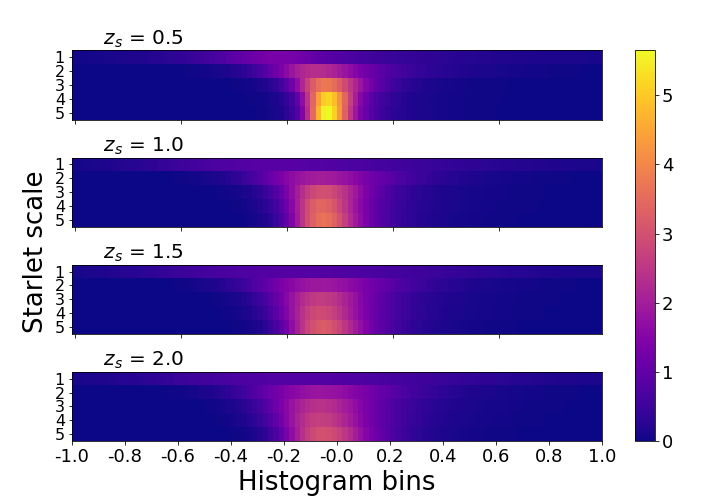Distinguishing standard and modified gravity cosmologies with machine learning
| Authors: | A. Peel, F. Lalande, J.-L. Starck, V. Pettorino, J. Merten, C. Giocoli, M. Meneghetti, M. Baldi |
| Journal: | PRD |
| Year: | 2019 |
| Download: | ADS | arXiv |
Abstract
We present a convolutional neural network to classify distinct cosmological scenarios based on the statistically similar weak-lensing maps they generate. Modified gravity (MG) models that include massive neutrinos can mimic the standard concordance model (ΛCDM) in terms of Gaussian weak-lensing observables. An inability to distinguish viable models that are based on different physics potentially limits a deeper understanding of the fundamental nature of cosmic acceleration. For a fixed redshift of sources, we demonstrate that a machine learning network trained on simulated convergence maps can discriminate between such models better than conventional higher-order statistics. Results improve further when multiple source redshifts are combined. To accelerate training, we implement a novel data compression strategy that incorporates our prior knowledge of the morphology of typical convergence map features. Our method fully distinguishes ΛCDM from its most similar MG model on noise-free data, and it correctly identifies among the MG models with at least 80% accuracy when using the full redshift information. Adding noise lowers the correct classification rate of all models, but the neural network still significantly outperforms the peak statistics used in a previous analysis.


